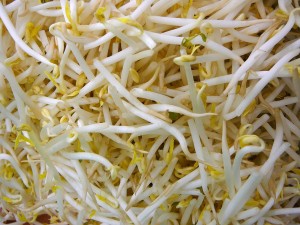Expect this story to disappear after today. There is no follow-up in Australia. The reporting, three weeks after it happened, is lightening fast in Australian terms.
 A Salmonella outbreak at a university college ended in several students being hospitalised earlier this month.
A Salmonella outbreak at a university college ended in several students being hospitalised earlier this month.
Students at the University of Queensland’s Cromwell College began showing signs of sickness on the night of April 6 and four students were admitted to the Royal Brisbane and Women’s Hospital later that week.
Fifty-six students displayed symptoms and 17 tested positive for Salmonella.
Samantha Cridland, 17, was one of four students admitted to the hospital on April 10.
She said her first thoughts were that another case of gastroenteritis might be floating around the college.
“I started feeling unwell at the start of the week, and everyone had similar symptoms of vomiting, diarrhoea, stomach aches and fevers,” she said.
“I thought it was a gastro bug and I went to the UQ health centre and got tested there.
“I found out later it was definitely Salmonella.”
A Queensland Health spokesperson said the department was investigating the source of the outbreak.










